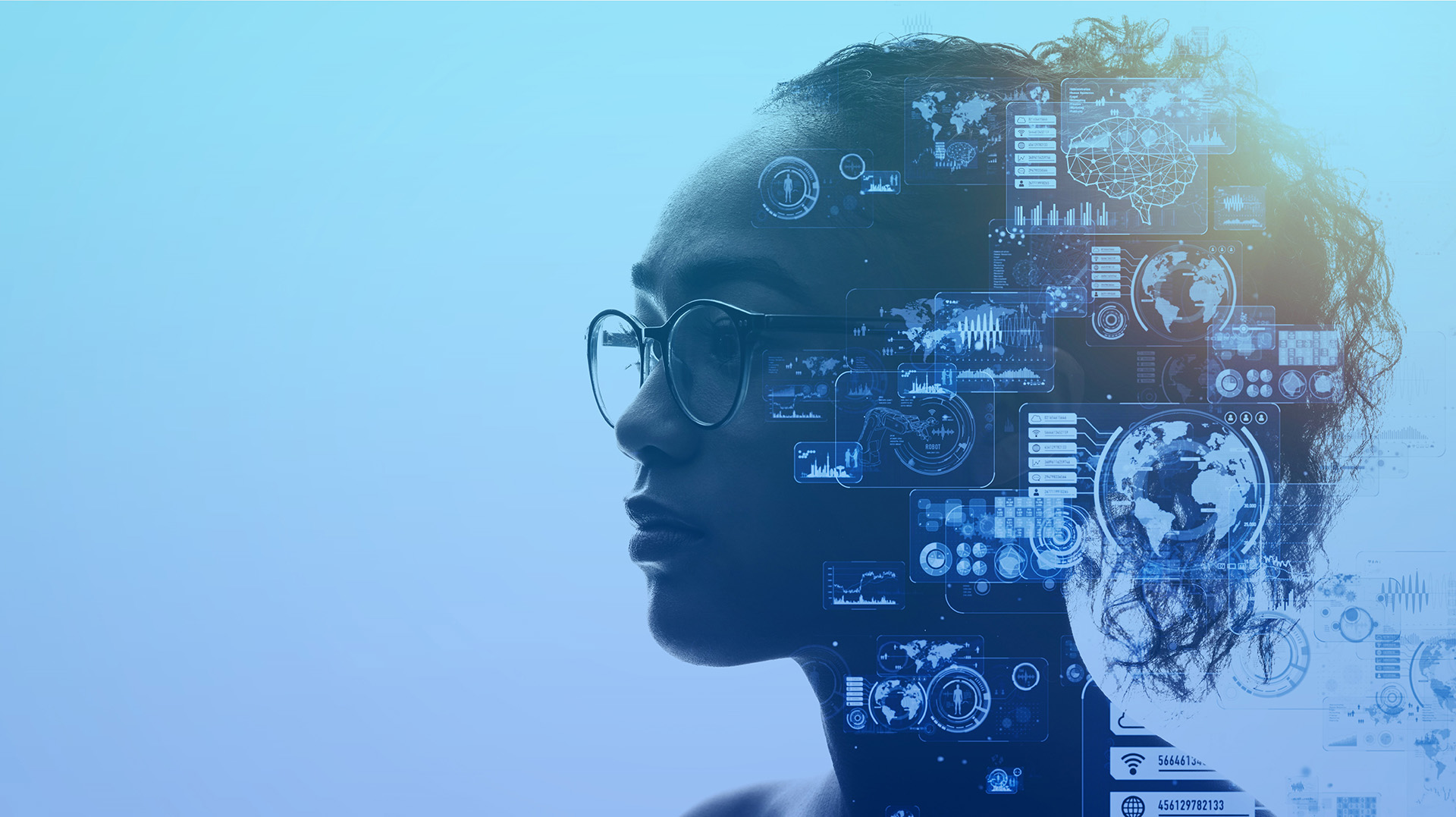Government and Industry Leaders from Europe and Japan Discuss the Path Towards 6G
On May 19, an InDiCo webinar was organised focusing on the roadmap towards 6G. The webinar was co-chaired by the European Commission's Directorate General for Communications Networks, Content and Technology (EC DG CONNECT) and the Ministry of Internal Affairs and Communication of the Government of Japan (MIC).
The long-standing cooperation between Japan and Europe has been instrumental in bringing to market some of the most disruptive innovations of 5G - and in defining common global standards together with International partners in 3GPP.
5G mobile technology has already been deployed in many regions of the world and we are seeing a wide range of applications flourishing, particularly in vertical domains such as e-health, industry 4.0 and transportation. 5G has also enabled some critical solutions to the challenges posed by the pandemic over the last 18 months.
With a successful path of standardisation for 5G and 5G - Advanced now defined, the question today focuses on how do we go beyond 5G. This webinar brought together some of the leading minds in the ICT industry from Europe and Japan who outlined some of the various strategies, research areas, technologies and roadmaps that will likely contribute to the standardisation work for Beyond 5G.
Government and Industry Leaders from the European Commission, ETSI, 5G ACIA, the Japanese Ministry of Internal Affairs and Communications, 5G-IA, NTT DOCOMO, NEC and NICT all contributed their visions and roadmaps for the future.
The session was opened with a statement from Thibaut Kleiner, Director of Policy Strategy & Outreach of European Commission's DG Connect, who stated that Europe sees a benefit of an integrated solution for networks - and that it’s extremely important to have security embedded in the networks and ensuring that energy efficiency is at the core of post-5G technologies.
The session provided an overview of the various 6G strategies and visions being developed. What became clear is that 6G will seek to connect land, sea, air and space - it will encapsulate more cloud, pushing the Edge and will ensure that the whole planet can be connected, including remote rural areas. We will be moving from an Internet of Things model to an Internet of Everything or now sometimes referred to as the Internet of Senses. 6G will lay the foundation to connect the physical world with the biological world and with the digital world - in real time.
The long-standing cooperation between Japan and Europe has been instrumental in bringing to market some of the most disruptive innovations of 5G - and in defining common global standards together with International partners in 3GPP.
5G mobile technology has already been deployed in many regions of the world and we are seeing a wide range of applications flourishing, particularly in vertical domains such as e-health, industry 4.0 and transportation. 5G has also enabled some critical solutions to the challenges posed by the pandemic over the last 18 months.
With a successful path of standardisation for 5G and 5G - Advanced now defined, the question today focuses on how do we go beyond 5G. This webinar brought together some of the leading minds in the ICT industry from Europe and Japan who outlined some of the various strategies, research areas, technologies and roadmaps that will likely contribute to the standardisation work for Beyond 5G.
Government and Industry Leaders from the European Commission, ETSI, 5G ACIA, the Japanese Ministry of Internal Affairs and Communications, 5G-IA, NTT DOCOMO, NEC and NICT all contributed their visions and roadmaps for the future.
The session was opened with a statement from Thibaut Kleiner, Director of Policy Strategy & Outreach of European Commission's DG Connect, who stated that Europe sees a benefit of an integrated solution for networks - and that it’s extremely important to have security embedded in the networks and ensuring that energy efficiency is at the core of post-5G technologies.
The session provided an overview of the various 6G strategies and visions being developed. What became clear is that 6G will seek to connect land, sea, air and space - it will encapsulate more cloud, pushing the Edge and will ensure that the whole planet can be connected, including remote rural areas. We will be moving from an Internet of Things model to an Internet of Everything or now sometimes referred to as the Internet of Senses. 6G will lay the foundation to connect the physical world with the biological world and with the digital world - in real time.
While it’s clear there is a wide range of potential technologies that could end up as a part of 6G, it’s also clear that it is still yet to be defined. It’s still very much in the research phase and it will require close collaboration and cooperation in order for it to develop into a defined system. We are in the exploration and concepts definition phase, that will then move into the detailed design and system optimisation phase, before we have a full 6G system.
One of the key messages is that Europe and Japan need to work together to ensure that our shared values for security of data and privacy are embedded into the future technology of 6G, that the technology is focused on addressing real societal problems that are shared in both Europe and Japan - an ageing population, increasing urbanisation, scarce resources, the need to reduce energy consumption and carbon output.
These are shared challenges that are ideally suited for Europe and Japan to tackle together through technological leadership.
